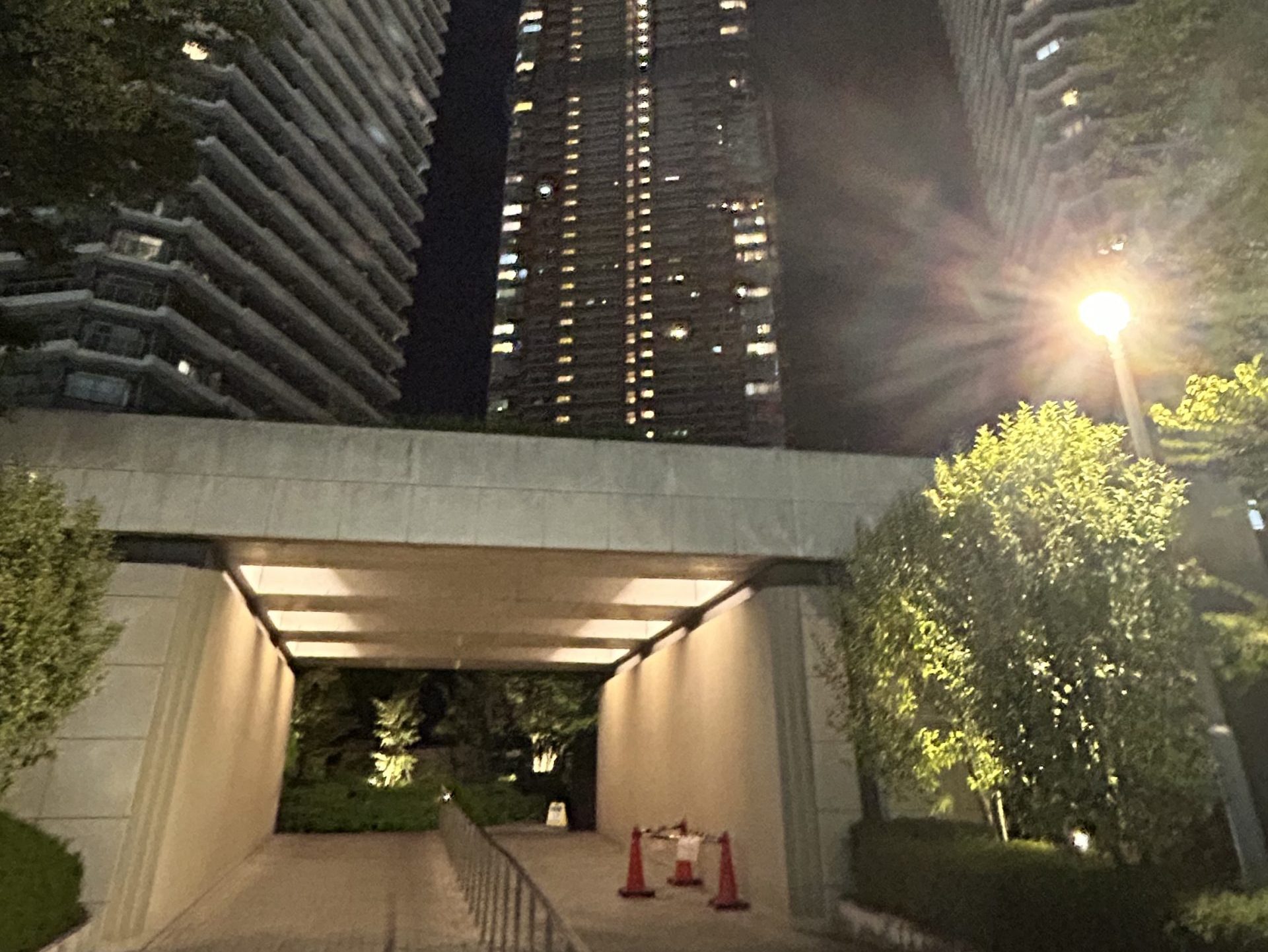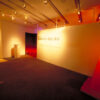– From Industrial Zone to Japan’s Leading Tower Mansion City –
2024.10.04 Yutaka Enomoto + Yuko Nakayama + Noriko Higashi

Musashi-Kosugi, a major transportation hub served by the Tokyu Toyoko Line, Meguro Line, JR Nambu Line, Yokosuka Line, Shonan-Shinjuku Line, and the Sotetsu Line, offers convenient access to both Yokohama and Tokyo. Over the past decades, the area has undergone rapid development, leading to a significant increase in its population. However, the station area still retains traditional shopping streets and izakaya districts, creating a striking contrast with the towering high-rise buildings. This walk focused on exploring the coexistence of these new and old elements of the area.
Historically, Musashi-Kosugi flourished as a boat crossing on the Nakahara Kaido during the Edo period. Later, it became home to numerous factories. However, as these factories relocated, redevelopment plans were initiated, transforming the city’s landscape. The changes over the past decade have been particularly dramatic, with a population increase of 60,000 compared to 20 years ago.
■Group 1
Group 1 focused on exploring areas with a nostalgic atmosphere, including low-rise residential neighborhoods and traditional shopping streets. The shopping streets had implemented creative lighting installations to enhance the atmosphere. In particular, an “analog interactive lighting” system that lit up when a hand-operated handle was turned generated both positive and negative reactions.



in the residential area
The view of high-rise apartment buildings from the lower levels is a unique sight in Musashi-Kosugi. While the lights spilling out from the high-rises offer a warm and comforting glimpse into people’s lives, it is undeniable that the excessive amount of light pollution is causing significant environmental damage. The clouds above were so brightly illuminated that the severity of the light pollution was immediately apparent.
The izakaya district, with its nostalgic Showa Era atmosphere, seemed to be thriving, perhaps thanks to the allure of its red lanterns. I assume “red lantern effect” really works well to Japanese people.
The area where Group 1 walked, the older part of Kosugi, was bustling with people hurrying home and the izakaya district remained lively late into the night. From a distance, the towering high-rise buildings created a beautiful night view, making Musashi-Kosugi an attractive destination for those who appreciate city nightscapes. While there were common urban issues such as glaring streetlights and poorly visible illuminated signs, the overall impression was of a safe and comfortable place to live. (Noriko Higashi)
■Group 2
Group 2 started our walk from the east exit of Musashi-Kosugi Station, focusing on the redeveloped area dominated by towering apartment complexes. As soon as we stepped out of the station, we were greeted by a dazzling display of illuminated high-rise buildings. Countless lights shone from the windows of these buildings, a testament to how the land that once housed factories, parking lots, and company housing has now become home to many people.
The high-rise condominiums resulting from redevelopment feature both modern design and functionality, contributing to the city’s sophisticated atmosphere. However, We also felt a sense of melancholy at the rapid pace of change transforming familiar landscapes. Furthermore, the redevelopment area was filled with hotels, office buildings, and commercial facilities, all adorned with majestic lighting. Nevertheless, many of the lights that caught our group’s attention exuded a sense of warmth and consideration for both people and the city.
Beside the cold, white glow of streetlights, there was a soft, warm light spilling out from apartment building lobbies, serving as a guiding beacon for pedestrians. Additionally, the entrance to one condominium was marked by a gate enveloped in warm, incandescent light, inviting a sense of comfort and making one want to say, “I’m home.” In another condominium complex, charmingly shaped ground lights lined the pathways, safely guiding pedestrians. This thoughtful design avoided direct glare while prioritizing pedestrian comfort. It was clear that these lighting designs provided a sense of comfort and warmth to the entire city.
Our walk through Musashi-Kosugi not only gave us the opportunity to experience the progress of redevelopment firsthand but also allowed us to reflect on the psychological impact of lighting design. While urban change can bring sadness, I realized that spaces enveloped in warm light can provide comfort to people and foster the creation of new communities. I hope that Musashi-Kosugi will remain an attractive place that blends convenience with warmth. (Yuko Nakayama)
■Group 3
Group 3 started our walk from the Nambu Line entrance of Musashi-Kosugi Station, heading toward the Tama River, passing by Nihon Medical University Hospital and Shin-Maruko Station before returning to Musashi-Kosugi Station. The group consisted of an unusual mix of four university students and three veteran members of the Lighting Detectives.
First, under the Nambu Line overpass, they discovered an unusually low streetlight. It was just slightly taller than the tallest member of the group, who was about 180 cm tall! The high-power fixture, which should have been installed at a higher location, was positioned low, creating a highly uncomfortable lighting environment. Everyone unanimously agreed that this was a “Villain of the lighting.”
We assumed that while the overpass is owned by JR, the area underneath is owned by Kawasaki City, making it difficult to install fixtures on the overpass due to property rights. However, there may has been room for selecting more suitable shapes and light sources.
Next, we came across the only high-rise condominium on the Nambu Line side. The lighting design of this corridor was praised as “Hero.” The building side provided a sense of security for pedestrians while creating a gradient-like transition toward the darkness of the city, resulting in a high-quality pedestrian space.
On the other hand, the pedestrian deck connecting to that high-rise condominium was deemed a “Villain.” White lights were installed horizontally on the handrail of the pedestrian overpass, directly facing pedestrians, creating a highly uncomfortable environment.



The lighting in the shopping street in front of Shin-Maruko Station was also a “Villain”. As a result of the original bright lighting being converted to LED, it seems that the lighting environment has become even more glare-intensive.
The pedestrian underpass crossing the Nambu Line was a point of contention. Initially labeled a “Villain” due to its intensely bright white lighting, it was later put on hold. A group member who lives in Shin-Maruko shared that the bright atmosphere makes children feel safe when walking alone.
Overall, the area felt somewhat fragmented due to the lack of comprehensive development. Lighting plans seemed to be made individually by each property, creating a mismatch with traditional public lighting approaches, where bright lighting is often equated with safety. (Yutaka Enomoto)
Comparing the high-rise buildings around Tokyu Musashi-Kosugi Station with the low-rise residential areas, traditional shopping streets, and the neighboring Shin-Maruko area, the overall impression was that the atmosphere changed dramatically by crossing a single street. On one side of the street, there was a new and refined lighting environment with a uniform color temperature, while on the other side was a chaotic mix of signages and lanterns in the dining district.
Personally, I feel sad about the potential disappearance of this chaotic scene reminiscent of the Showa era and hope it will remain even as development continues.
Musashi-Kosugi Station, with its proximity to a terminal station, residences, commercial areas, and offices, seems to offer a convenient living environment. However, even in the new high-rise buildings, there are “Villains of lighting” lurking, and considering the extensive development around the station, I hope that all stakeholders can work together to create a better nightscape. (Noriko Higashi)















